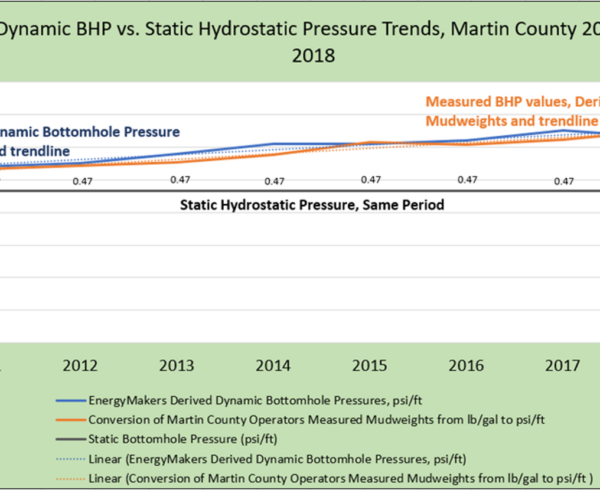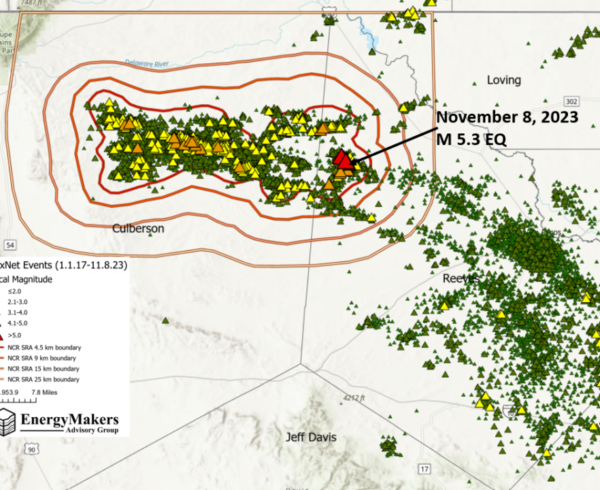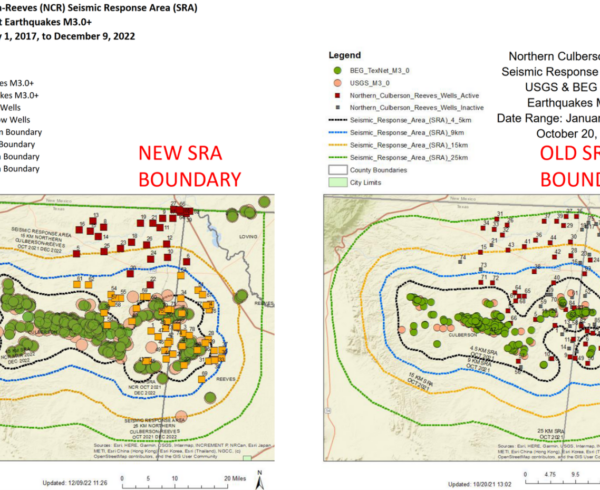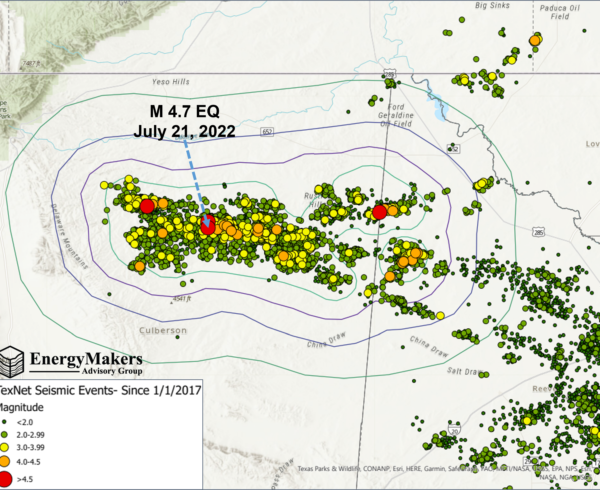When it comes to regulations governing produced water disposal in the places like the Permian, “we need to stay flexible enough to dial it back if we get it wrong.” Laura Capper, founder and CEO of EnergyMakers Advisory Group, shared this opinion, and more, at the recent Produced Water Society Permian Basin 2019.

In her talk, Capper explained that the new internal policies adopted by the Texas Railroad Commission (RRC) regarding saltwater disposal well (SWD) permit applications have shifted to address concerns around the potential link between disposal injection and induced seismicity.
Under the new rules, reviewers with the RRC judge applications for SWDs based on 13 criteria, which are related to seismicity, faulting, operational and reservoir factors. Taken together, the aggregate score of these criteria will guide RRC in its decision on maximum allowable injection rates and other special permit conditions (if required).
But given the lack of concrete proof of a causal relationship between disposal injection and seismicity in places like Texas’s Delaware basin, Capper sees these new regulatory measures as a kind of preventative, conservative, “just in case” type of posture. There is a desire among industry stakeholders to prevent more regulation that could paint the industry into a corner and limit the expansion of much-needed SWD capacity.
Capper concluded that this sentiment is likely one reason why “state regulators may try to work within more subtle policy changes which could be later unwound, as opposed to a more permanent change to the state regulatory code.”
Want to learn more about this dynamic, vital, and far-reaching topic? So do we… which is why EnergyMakers continues to track the many facets of produced water treatment, management







